-

The Six Properties of Nylon
01 Abrasive Resistance Nylon has some similar properties with polyester. The differences are that the heat resistance of nylon is worse than that of polyester, the specific gravity of nylon is smaller and moisture absorption of nylon is greater than that of polyester. Nylon is easy to dye. Its st...Read more -

The Difference between Viscose Fiber, Modal And Lyocell
Ordinary Viscose Fiber The raw material of viscose fiber is “wood”. It is the cellulose fiber obtained by extracting from natural wood cellulose and then remodeling fiber molecule. Viscose fiber has excellent performance of moisture adsorption and easy dyeing. But its modulus and stre...Read more -

The Shrinkage Rate of Various Fabrics and The Influencing Factors
The Shrinkage Rate of Various Fabrics Cotton: 4~10% Chemical Fiber: 4~8% Cotton/ Polyester: 3.5~5.5% Natural White Cloth: 3% Blue Nankeen: 3~4% Poplin: 3~4.5% Cotton Prints: 3~3.5% Twill: 4% Denim: 10% Artificial Cotton: 10% Factors Influencing Shrinkage Rate 1.Raw material Fabrics made of diff...Read more -

Classification and Application of Nonwovens
Nonwovens are also called nonwoven fabric, supatex fabrics and adhesive-bonded fabrics. The classification of nonwovens is as following. 1.According to manufacturing technique: (1) Spunlace non-woven fabric: It is to spray a high-pressure fine water flow onto one or more layers of fiber mesh,...Read more -
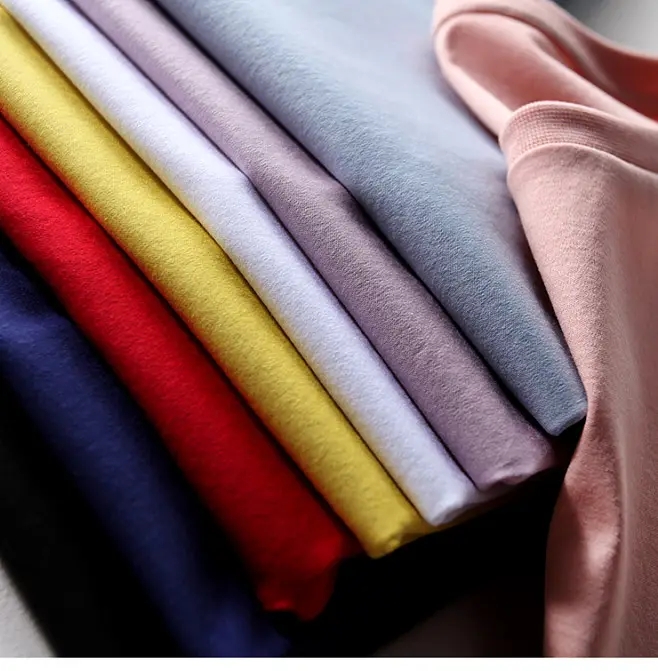
About Different Cotton Yarn
Cotton is the most widely used natural fiber in garment fabric. Its good moisture absorption and air permeability and soft and comfortable property make it be favored by everyone. Cotton clothing is especially suitable for underwear and summer clothing. Long Staple Cotton Yarn and Egyptian Cott...Read more -
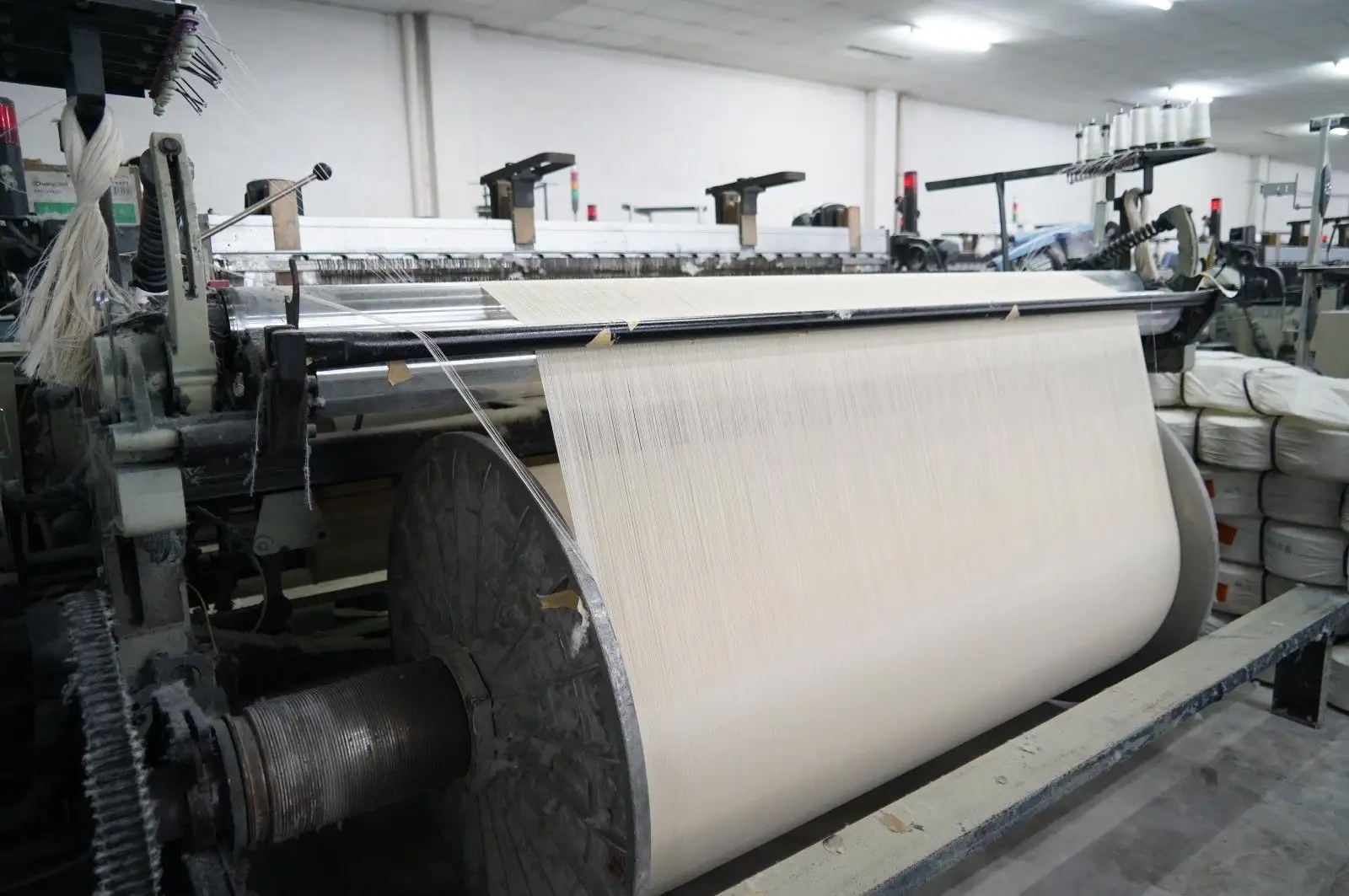
What are the influences of loom tension of organzine on product quality?
During weaving, the loom tension of organzine not only directly affects the running of production, but also seriously affects the product quality. 1.The influence on breakage Organzine comes out from the warp beam and is woven into fabric. It must be stretched and rubbed for thousands of times by...Read more -

The Main Intrinsic Technical Properties of Cotton Fiber
The main intrinsic technical properties of cotton fiber are fiber length, fiber fineness, fiber strength and fiber maturity. Fiber length is the distance between the two ends of a straightened fiber. There are different methods for measuring fiber length. The length that is measured by hand pulli...Read more -
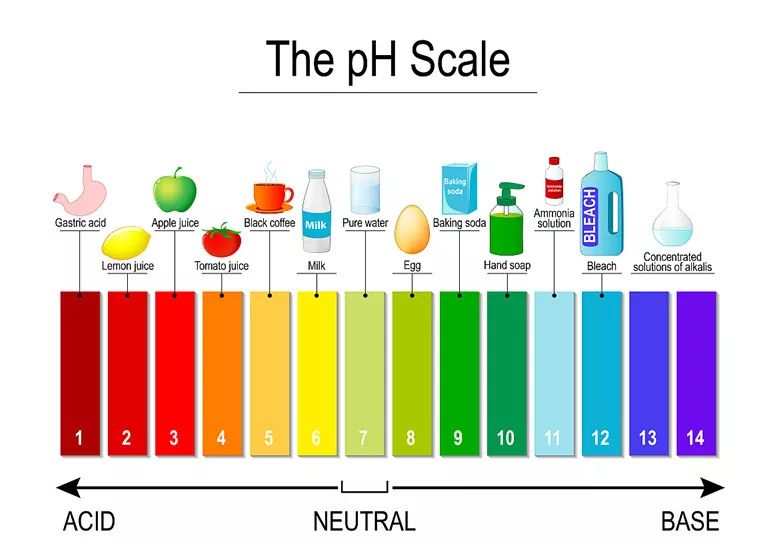
About Textile pH
1.What is pH? The pH value is a measure of the acid-base intensity of a solution. It is a simple way to show the concentration of hydrogen ions (pH=-lg[H+]) in solution. Generally, the value is from 1~14 and 7 is the neutral value. The acidity of solution is stronger, the value is smaller. The al...Read more -

GOOD NEWS! CONGRATULATIONS!
In 2020, Guangdong Innovative Fine Chemical Co., Ltd. captured a land of more than 47,000 square meters. In November, 2022, we began to build the second production base to expand production scale and increase production capacity, so as to fully satisfy market demand and enterprise development. ...Read more -
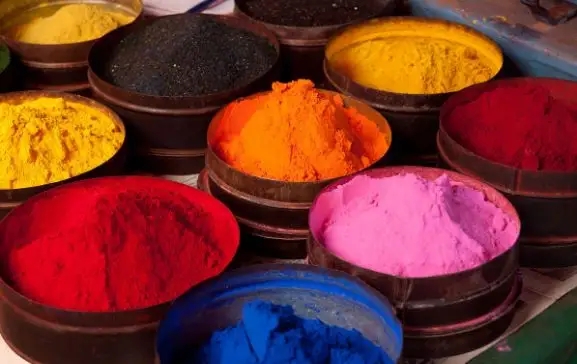
Methods and Techniques to Melt Dyes
1.Direct Dyes The stability to heat of direct dyes is relatively good. When melting direct dyes, it can be added soda soft water for helping solubilization. Firstly, use cold soft water to stir the dyes to paste. And then add boiling soft water to dissolve the dyes. Next, add hot water to dilute ...Read more -

The Classification And Identification of Textile Fabric
Spinning textile refers to the fabric that is woven by some certain fibers according to the certain method. Among all the fabrics, spinning textile has the most patterns and most wide application. According to different fibers and weaving methods, the texture and characteristic of spinning textil...Read more -
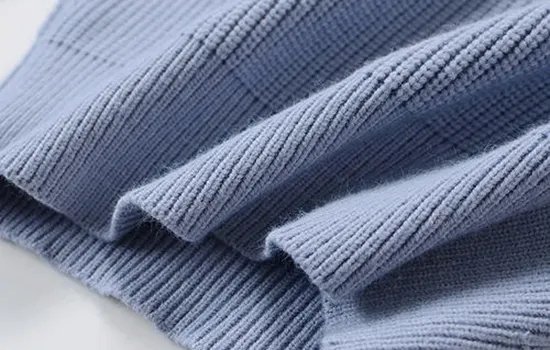
The Different Properties of Yarns
Textile yarns produced by different yarn forming and twisting processes will have different yarn structures and different product characteristics. 1.Strength Yarns strength depends on the cohesive force and friction between fibers. If the shape and the arrangement of fiber are not good, as there ...Read more
- English
- French
- German
- Portuguese
- Spanish
- Russian
- Japanese
- Korean
- Arabic
- Irish
- Greek
- Turkish
- Italian
- Danish
- Romanian
- Indonesian
- Czech
- Afrikaans
- Swedish
- Polish
- Basque
- Catalan
- Esperanto
- Hindi
- Lao
- Albanian
- Amharic
- Armenian
- Azerbaijani
- Belarusian
- Bengali
- Bosnian
- Bulgarian
- Cebuano
- Chichewa
- Corsican
- Croatian
- Dutch
- Estonian
- Filipino
- Finnish
- Frisian
- Galician
- Georgian
- Gujarati
- Haitian
- Hausa
- Hawaiian
- Hebrew
- Hmong
- Hungarian
- Icelandic
- Igbo
- Javanese
- Kannada
- Kazakh
- Khmer
- Kurdish
- Kyrgyz
- Latin
- Latvian
- Lithuanian
- Luxembou..
- Macedonian
- Malagasy
- Malay
- Malayalam
- Maltese
- Maori
- Marathi
- Mongolian
- Burmese
- Nepali
- Norwegian
- Pashto
- Persian
- Punjabi
- Serbian
- Sesotho
- Sinhala
- Slovak
- Slovenian
- Somali
- Samoan
- Scots Gaelic
- Shona
- Sindhi
- Sundanese
- Swahili
- Tajik
- Tamil
- Telugu
- Thai
- Ukrainian
- Urdu
- Uzbek
- Vietnamese
- Welsh
- Xhosa
- Yiddish
- Yoruba
- Zulu
- Kinyarwanda
- Tatar
- Oriya
- Turkmen
- Uyghur
More Language

